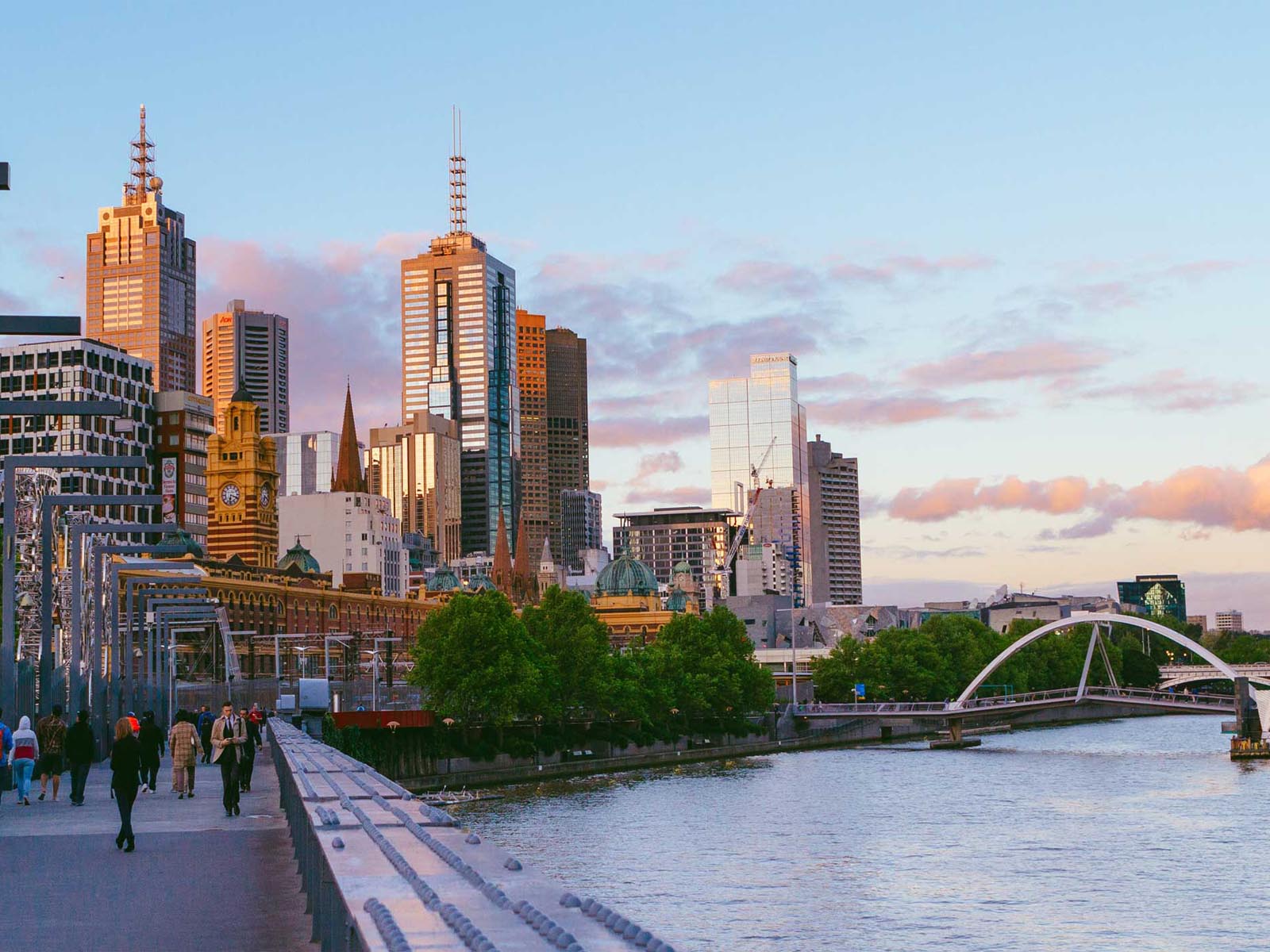EXPLORE AUSTRALIYA IN 360?
EXPLORE AUSTRALIYA IN 360?
Australia is a land of dreams. From the sacred legends of the aboriginal Dreamtime when the great spirits conjured the coral reefs, rainforests, and scorched, red deserts, to armchair travelers who describe Australia as their dream destination, the Land Down Under deserves all the hype. The world's smallest continent and largest island, Australia is almost the same size as the United States, but with a population the size of New York State and some of the quirkiest wildlife on the planet. Australia is also a land of staggering contrast and spectacular beauty. Along the coast, visitors can explore vibrant multicultural cities, safari across vast sand islands, trek through ancient rainforests, and dive the Great Barrier Reef. In the Outback, rugged national parks and red-earthed deserts offer the ultimate in adventure travel. Top it all off with a laidback feel and friendly people and it's no wonder Australia scores top billing on bucket lists around the world.
Most attractions in Australia remain open year-round, some operating at a reduced frequency or shorter hours during the off-peak season. Salaried Australians have four weeks of annual leave and school children in the major population centres have January as a long break. Domestic tourism is strongest during January and the Easter school holidays. Summer tends to be the peak travel season through much of the south, with the winter (dry) season the peak travel season in the tropics. Australian teenagers finishing high school celebrate the end of school (colloquially known as "Schoolies") for a week beginning at the end of October to mid to late November (depending on area). The volume of teen revellers can completely change the nature of some of the cities and towns they choose to visit, (particularly the nationally popular Gold Coast) especially seeing as the vast majority of school-leavers will have reached the legal drinking age of 18.
Australia can have up to five different time zones during the daylight savings period, and three at other times. In the east, Tasmania, New South Wales and Victoria always have the same time. Queensland doesn't observe daylight saving, so it is an hour behind the other eastern states during that period. However Broken Hill, a town in western NSW, keeps South Australian time. In the centre, South Australia and the Northern Territory are half an hour behind during the winter, but the Northern Territory doesn't observe daylight saving while South Australia does. During daylight saving South Australia remains half an hour behind New South Wales, Victoria and Tasmania, but moves half an hour ahead of Queensland. The Northern Territory remains half an hour behind Queensland, but moves an hour and half behind New South Wales, Victoria and Tasmania.
In the west, Western Australia is two hours behind the eastern states in winter, and also doesn't observe daylight saving. It moves three hours behind the eastern states that observe daylight saving (remaining two hours behind Queensland). There are no official abbreviations or names for Australian time zones, and you may see a few variations used. EST, CST, WST along with EDT, CDT are sometimes used. Sometimes AEST, etc, with the 'A' prefix distinguishing them from the North American time zones with the same names. In conversation, the abbreviations aren't used. People tend to say Sydney time, Brisbane time, or Perth time. Expect blank stares from most if you start talking about Central Summer Time. In those states which observe daylight saving, it commences on the first Sunday in October and ends on the first Sunday in April.
